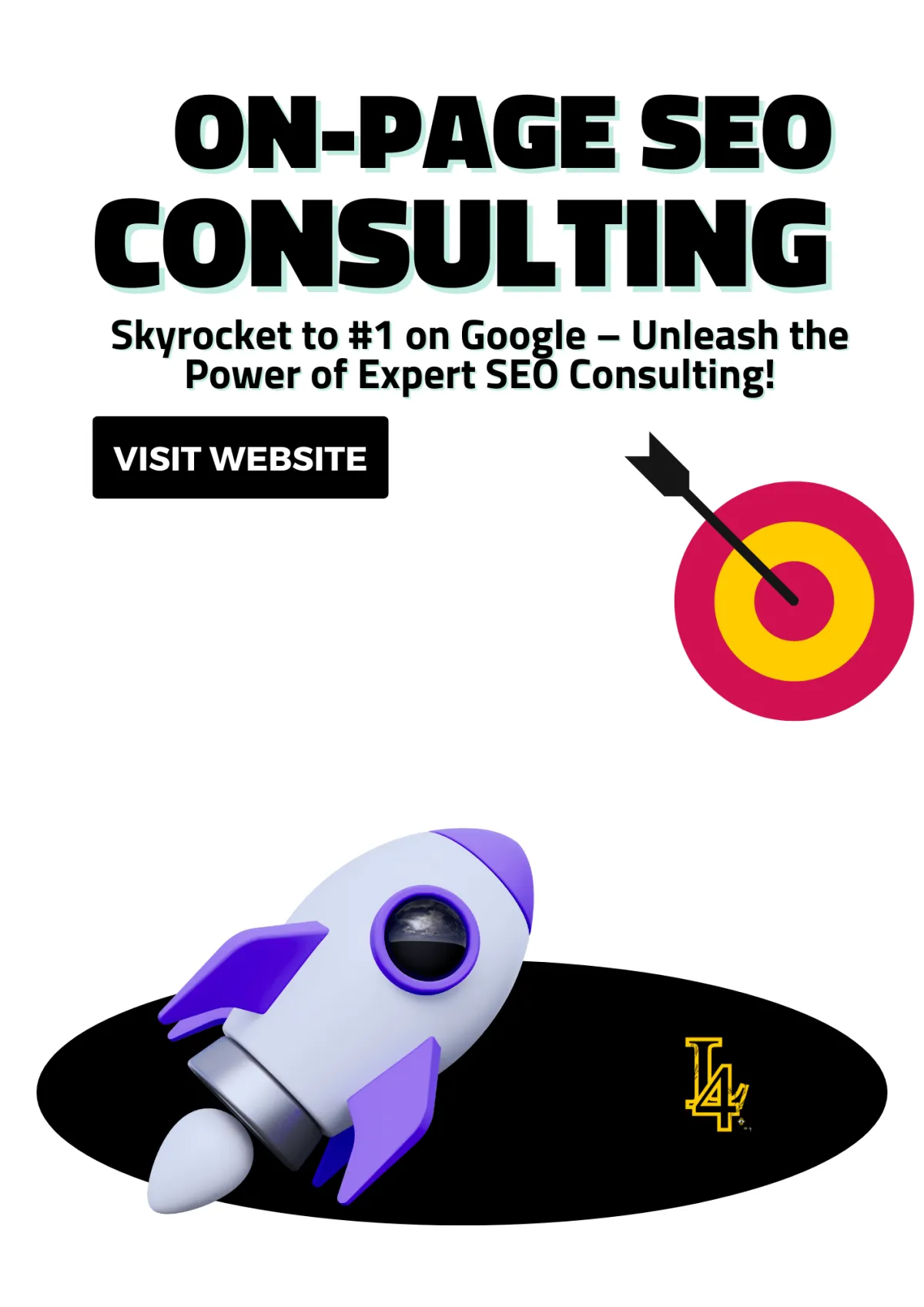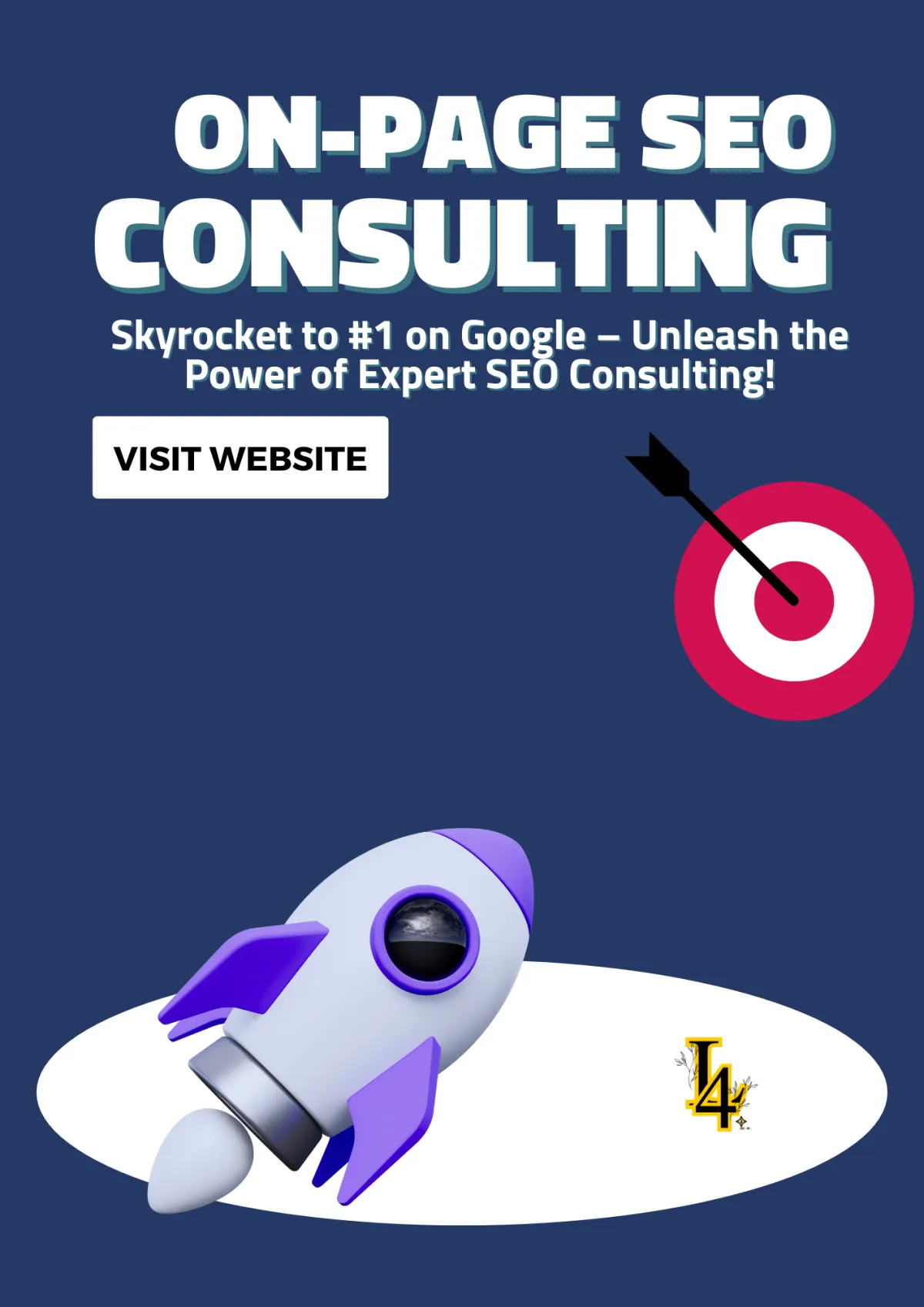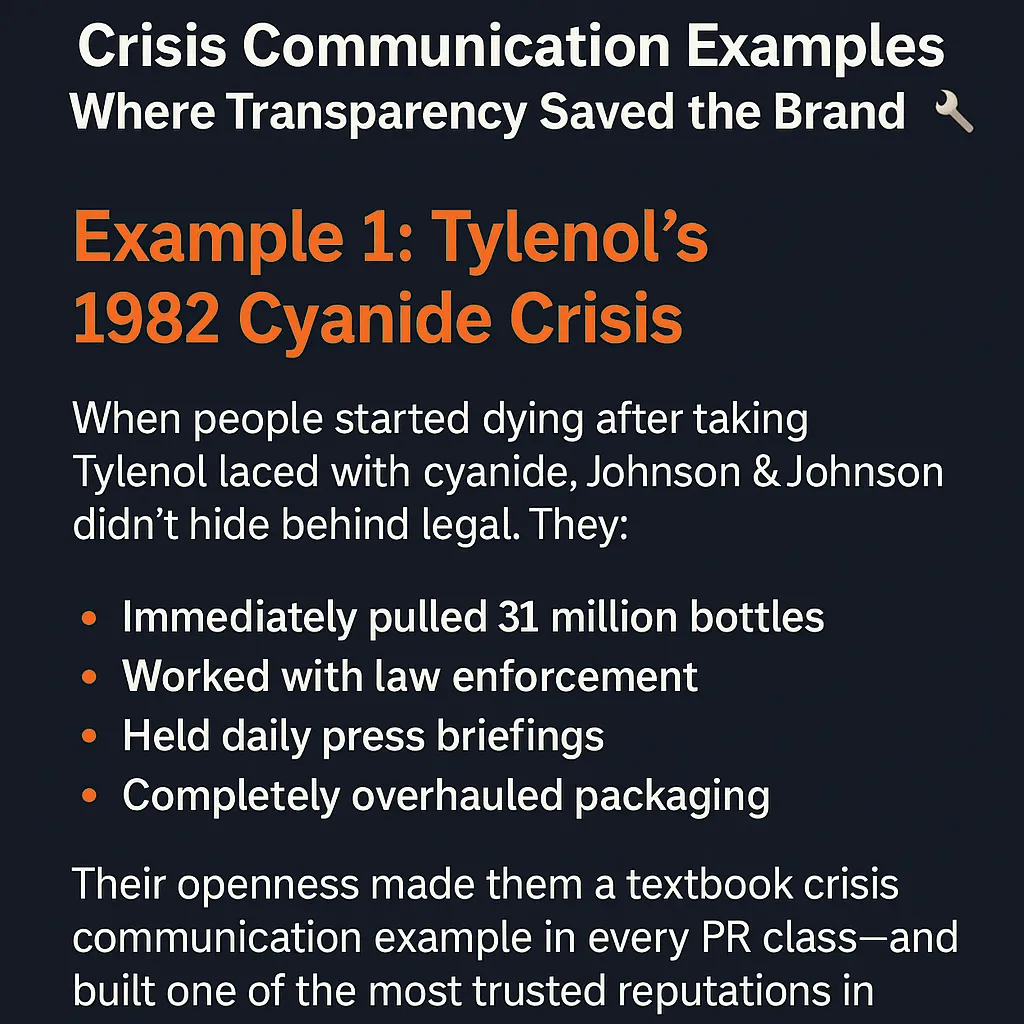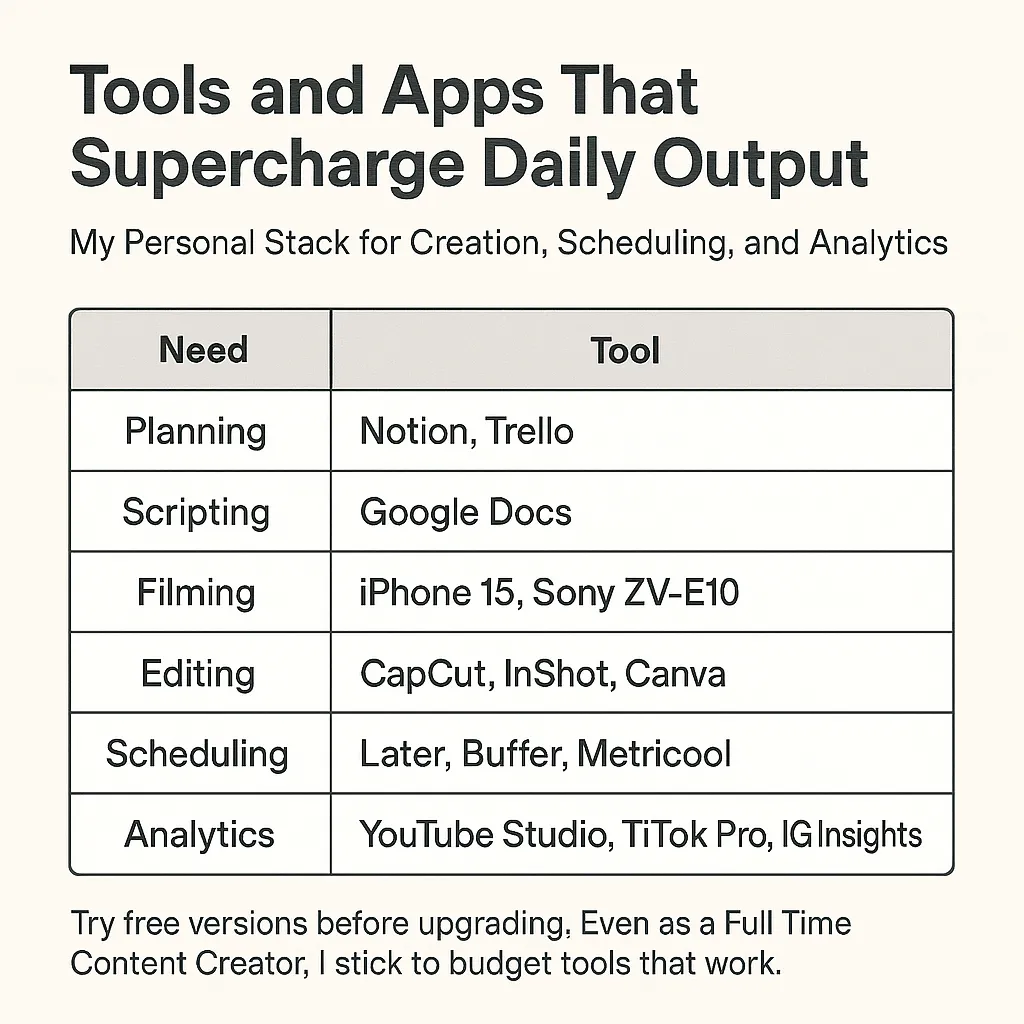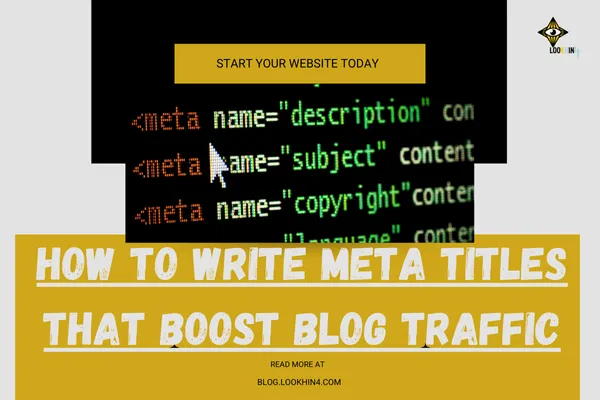
How to Write Meta Titles that Boost Blog Traffic

Creating the perfect meta title is essential if you want your blog post to stand out and attract readers. A great meta title isn’t just catchy—it’s also optimized for search engines and lets readers know exactly
what they’ll get from clicking on your post. Let’s dive into how to create an SEO-friendly meta title that grabs attention!
How to Create a Banger of a Meta Title for your Blog Post
Why Meta Titles Matter for SEO and Clicks
The meta title is the title of your blog post that appears on search engine results pages (SERPs) and browser tabs. It’s often the first thing people see when they search for something on Google or Bing. A good meta title tells both readers and search engines what your post is about. It’s short, descriptive, and includes keywords that can help boost your SEO.
Key Benefits of a Great Meta Title
A well-crafted meta title can:
Increase Click-Through Rates (CTR): Catchy titles can draw more clicks from search results.
Boost SEO Rankings: Meta titles with keywords improve your post’s chance of ranking higher.
Create a Strong First Impression: A clear and interesting title helps attract the right audience.
Enhance Branding and Trust: Consistent, accurate titles make your blog look professional.
Improve Readability: Short, relevant titles tell readers quickly if your post matches their search.
Did You Know? Websites with optimized meta titles can see up to a 30% increase in click-through rates compared to those without!
Step 1: Find the Right Keywords for Your Meta Title
How to Choose SEO-Friendly Keywords
Keywords are the words or phrases that people search for on Google. When you add relevant keywords to your meta title, it helps your post show up in those search results. Here’s how to pick the best keywords:
Think Like Your Audience: What would they type into Google to find your post?
Use Keyword Tools: Tools like Google Keyword Planner, Ahrefs, and Ubersuggest can show you popular keywords in your topic.
Focus on Long-Tail Keywords: Phrases with three or more words (like “how to create meta title for blog”) can be easier to rank for.
Avoid Overusing Keywords (Keyword Stuffing): Adding too many keywords can look spammy. Keep it natural.
Check Competition Levels: Choose keywords that aren’t too competitive to give your post a better chance of ranking.
Quick Tip: 75% of search engine users don’t click past the first page of results, so choosing the right keywords can help your post make it to page one!
Step 2: Make Your Meta Title Short and Catchy
Ideal Length for Meta Titles
Meta titles need to fit within the character limits on Google. Aim for 50-60 characters so your title isn’t cut off on search results. Here are some examples of short meta titles that still grab attention:
“How to Write a Meta Title for Blogs” (35 characters)
“Boost Your Blog with Meta Titles” (32 characters)
“SEO-Friendly Meta Titles Guide” (30 characters)
“Best Meta Titles for New Bloggers” (33 characters)
“Click-Worthy Meta Titles Tips” (31 characters)
Why Short Titles Work Best
When your meta title is too long, search engines may cut off important information. Short titles are easier for readers to understand at a glance and can also improve readability on mobile devices.
Did You Know? More than 50% of web traffic comes from mobile devices, so keeping meta titles short makes them easier to read on smaller screens!
Step 3: Use Power Words to Increase Engagement
Adding words that make readers curious can make a big difference. Words like “easy,” “quick,” and “top” add interest and can make readers want to learn more.
Power Words for Meta Titles
How-to – Adds a sense of learning and discovery.
Top – Highlights the best tips or points.
Guide – Shows that your post is informative.
Easy – Appeals to readers looking for simple answers.
Tips – Gives the impression of quick, useful advice.
Examples of Engaging Meta Titles
“Easy Guide to Writing Meta Titles”
“How to Create Click-Worthy Meta Titles”
“Top Tips for SEO-Friendly Meta Titles”
Stat Alert: Titles that use power words have been shown to get up to 20% more clicks than plain titles!
Step 4: Reflect the Content of Your Blog Post
Why Honest Meta Titles Build Trust
Your meta title should reflect exactly what’s in your post. A misleading title might get clicks, but it can lead to a higher bounce rate (people leaving your site quickly). For example, if your meta title says “Beginner’s Guide to Blog Meta Titles,” make sure your post is actually beginner-friendly!
Examples of Honest Meta Titles
“How to Write a Blog Meta Title” – Simple and clear.
“Meta Titles for SEO: A Beginner’s Guide” – Shows it’s beginner-focused.
“Advanced Tips for Writing Meta Titles” – Sets up expectations for experienced readers.
Pro Tip: Titles that accurately reflect the post’s content can reduce bounce rates by up to 25%!
Step 5: Test Your Meta Title to Maximize Clicks
How to Test and Improve Your Meta Title
Testing your meta title can help you find the version that gets the most clicks. Use online tools like Yoast SEO or SERPsim to preview your title and see how it will look on Google.
Testing Different Versions of a Meta Title (H4)
Try experimenting with different titles to see which one performs best. For example:
Original: “How to Create a Meta Title for SEO”
Test Version 1: “SEO-Friendly Meta Title Tips”
Test Version 2: “Easy Guide to Blog Meta Titles”
After testing, you can choose the version that attracts the most clicks.
Fun Fact: Making small tweaks to your meta title can lead to a 10-20% increase in click-through rate (CTR) over time!
Additional Tips for Crafting Effective Meta Titles
Avoid Keyword Stuffing
While keywords are important, don’t overuse them. Keyword stuffing can make your title look spammy, which can hurt your SEO. Stick to one or two main keywords and let the rest of your title flow naturally.
Use Title Case for Better Readability
Capitalize each main word in your title to make it easier to read. For example, “How to Write Meta Titles” is clearer than “how to write meta titles.” This small detail can make a big difference in attracting readers.
Use Numbers in Titles When Possible
Numbers make titles more specific, and readers often prefer them. For example, “5 Tips for Writing Meta Titles” can attract more clicks than a general title.
FAQs on Creating Meta Titles for Blogs
What’s the Best Character Length for a Meta Title?
Aim for 50-60 characters to make sure your title fits in search results. Longer titles may be cut off, which can make them less effective.
Can I Use the Same Meta Title for Multiple Blog Posts?
No, each blog post should have its own unique meta title. Having different meta titles for each post can improve SEO and help readers find the right content.
How Often Should I Change My Meta Title?
You don’t need to change it often, but if your post isn’t getting clicks, testing a new title can help boost your ranking. Regularly check your performance in Google Analytics or Google Search Console to see if an update might help.
Final Thoughts: Crafting a Strong Meta Title for Your Blog
Creating a meta title that’s short, keyword-friendly, and engaging is the key to getting more readers to click on your blog post. Follow these steps—finding keywords, keeping it short, using power words, and testing your title—to make sure it shines on search engines.
Remember: A meta title is like a mini-ad for your blog post. Make it stand out, stay honest about what your post offers, and keep it easy to read. With these tips, you’ll have readers clicking in no time!

